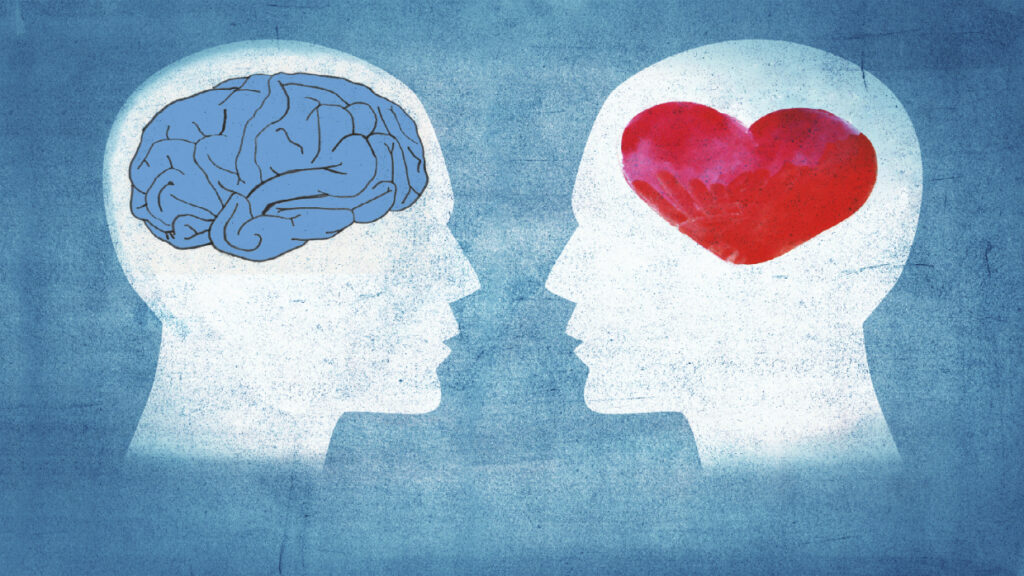Enaging learners can be a rewarding process if organisations deploy gamification in the right way.
Gamification remains a hot topic in corporate learning in the quest to move beyond ‘click-next’ elearning and inspire today’s learners.
Just because gamification can be used in most elearning courses though, it doesn’t mean that it should. So when and how should you use it? And can it really help L&D win hearts and minds?
Firstly, it’s important to understand that gamification is not the use of standalone games in elearning but the application of game mechanics and game design techniques to engage and motivate people to learn and achieve their goals.
At a basic level, rules and rewards are used to tap into our innate desires for status and achievement. As learners, we tend to think we know what to expect from a course so gamification can help surprise us, and counteract that innate desire to ‘click next’.
Also, with so much attention-grabbing information at our fingertips it provides a powerful means to capture and sustain our ever decreasing attention spans.
Gamification is beginning to be used in everything from compliance training, like health and safety and data protection courses, to developing customer service and patient care skills.
Scenarios are the gateway to gamification – they bring you closer to the content and can really help immerse learners for compliance training
While almost anything can be gamified, the key to success is adopting a gamification mindset from the outset of your elearning development.
It’s no good adding points, leader boards, badges and trophies as an afterthought or for the sake of it. These work best as a secondary mechanism and when they are used to reward something that the learner perceives to be a genuine achievement.
Think like a game designer
If you want to develop content that’s going to excite today’s learners and achieve performance improvements then you need to think like a game designer. Find the fun and design around it.
Learners who are having fun and are actively participating in the learning are more likely to acquire information or hone new skills.
A simple change in mindset can yield great dividends. Let’s take a fraud prevention course as an example.
Traditionally, instructional designers would have presented all of the key facts about how fraud can harm a business at the start of the course. But this approach isn’t very engaging and doesn’t leave much to the imagination of the learner.
However, if you place the learner in a courtroom setting from the outset, and empower them to explore and actively discover the facts of a case for themselves while at the same time providing information about company policy, you are going to deliver a far more interactive, immersive and fun learning experience that is much more likely to result in a positive change in behavior from the learner.
Tell a story
Narrative is the single most important game mechanic we can use in elearning. Everyone loves a good story, particularly when there is an emotional connection and when we feel a part of it.
Scenarios are one of the most powerful applications you can use in developing gamified elearning content because they give the learner the opportunity to make a decision or choice, and to see the consequences of their actions while the general principles of theory are being introduced.
The power of choice influences both our motivation and engagement levels. Scenarios are the gateway to gamification – they bring you closer to the content and can really help immerse learners for compliance training.
Gamification is not a silver bullet and should never be used to sugar-coat bad elearning
For example, it’s far more engaging to see the outcome of not assembling a ladder correctly in a health and safety video than reading about it.
Chemistry and behaviour
You don’t need to be a neuroscientist to use gamification, but it’s important to recognise that gamification can influence mood and behavior at a chemical level in the brain.
There are four key neurostransmitters that come into play: dopamine, oxytocin, serotonin and endorphins.
Dopamine is the most important neurostransmitter to consider in gamification and its worth taking the time to understand the dopamine cycle of ‘pleasure’, ‘challenge’ and ‘achievement’.
Dopamine plays a major role in how we form an association between an action and its consequences.
In simple terms, a novel activity, a sense of mystery and intrigue, or something that surprises the learner triggers dopamine, creating a higher motivational state which drives engagement.
It is possible to tap into and boost the key neurostransmitters to drive motivation and engagement in many different ways:
- By engaging learners with a strong narrative
- Allowing the learner to discover and explore
- Creating situations where learners feel they have achieved something
- By adding social aspects to the learning
Remember to focus on the achievement rather than the reward and to use badges and trophies as a way of recognising the achievement at both an individual and community level, not as the primary source of motivation.
Gamification is not a silver bullet and should never be used to sugar-coat bad elearning, but if you think like a game designer, have a clear vision and mindset from the outset, and you understand what inspires today’s learners, then you’ll be well on track to improving engagement and winning hearts and minds.










2 Responses
Joshua…you are spot on:-)
Joshua…you are spot on:-)
Gamification today has become a ‘fad’ for most of the L&D professionals to implement in their L&D plans without understanding how learners learn and the psychology aspect of why & how gamification engages learners. As a consequence, learners becomes disengaged after a while and drop out of the course…..without even learning the learning’s desired for that course.
Good Luck for your seminar,
Ashwani Bhargav
The use of badges and
The use of badges and trophies to recognise achievement rather than reward is particularly interesting. It enhances the feeling of actually achieving something.